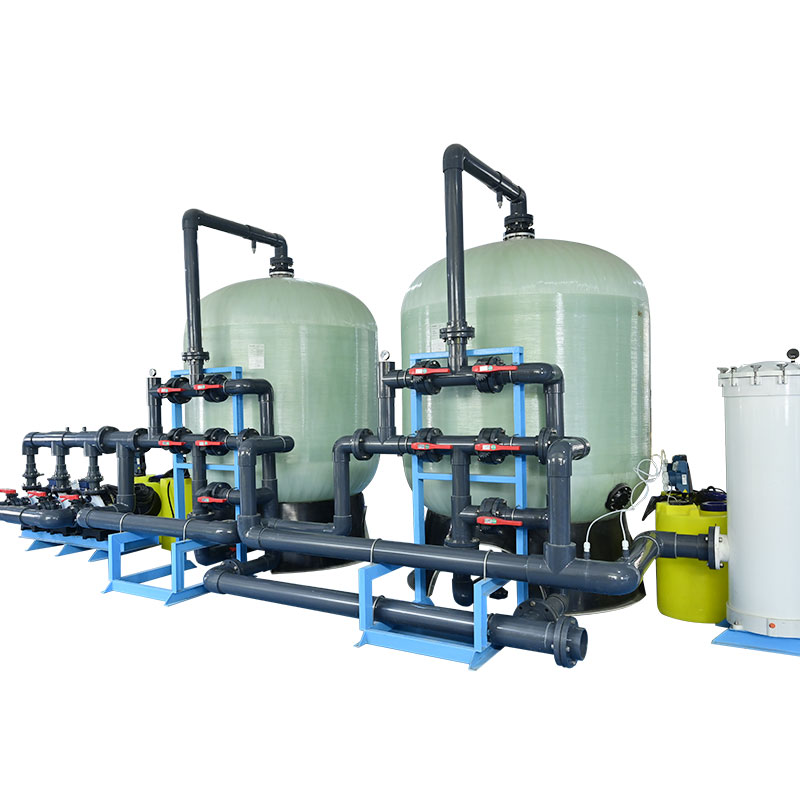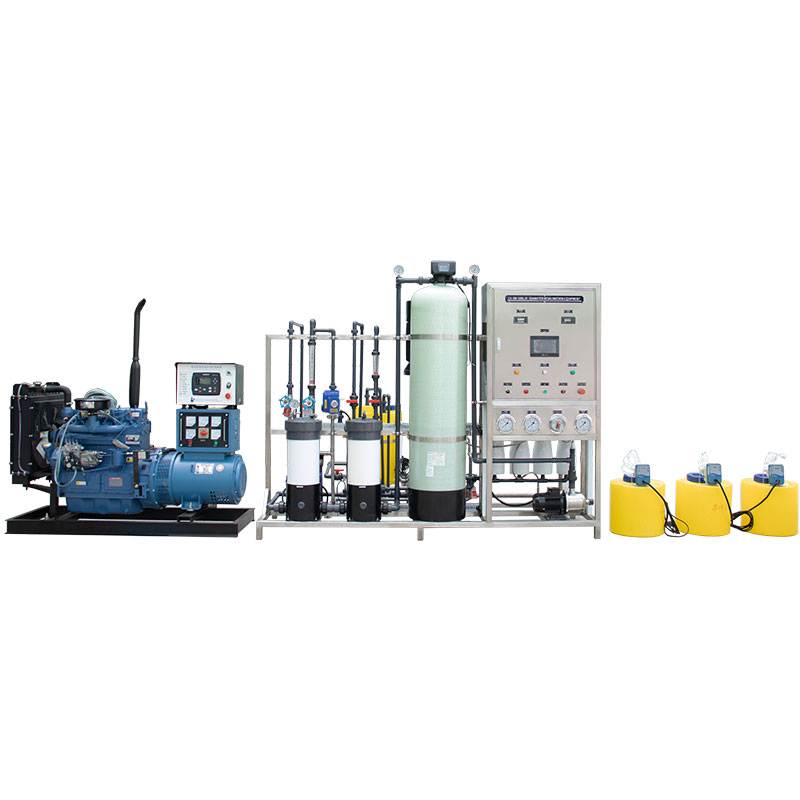Is reverse osmosis suitable for seawater desalination?
Introduction: Reverse osmosis technology has become a leading solution in the field of seawater desalination. With its high efficiency and environmental friendliness, reverse osmosis desalination systems are widely used around the world and have made important contributions to solving the problem of water shortages. This article will explore the applicability of reverse osmosis technology in desalination and its impact on the environment, economy and future development.
Is reverse osmosis suitable for seawater desalination?
Reverse osmosis technology is not only suitable for seawater desalination, but is one of the most advanced, effective and environmentally friendly seawater desalination technologies currently available. This method shows extremely high efficiency in the seawater desalination process and can quickly convert seawater into clean fresh water. Reverse osmosis technology uses less energy and produces significantly fewer greenhouse gas emissions than other desalination methods.
1. Efficient desalination ability:
Reverse osmosis systems utilize semipermeable membranes for separation, allowing water molecules to pass through while retaining salt and other impurities. This method shows extremely high efficiency in the seawater desalination process and can quickly convert seawater into clean fresh water.
The technology is suitable for desalination projects of all sizes, from small household units to large desalination plants.
2. Low energy consumption and low emissions:
Reverse osmosis technology uses less energy and produces significantly fewer greenhouse gas emissions than other desalination methods.
This environmentally friendly feature makes reverse osmosis technology an important choice to address global climate change and environmental protection issues.
3. Protection of the marine environment:
The discharge of concentrated brine, a by-product of reverse osmosis technology, is small and has a relatively small impact on the marine ecosystem.
Some advanced reverse osmosis systems also incorporate innovative emissions treatment technologies to further reduce their impact on the marine environment.

What are the advantages of reverse osmosis technology?
As a leading technology in the field of seawater desalination, reverse osmosis technology has many advantages. First of all, it can efficiently convert seawater into fresh water, with high water production rate and wide application range. Secondly, the reverse osmosis system can be flexibly adjusted as needed to meet the desalination needs of different regions and scales. In addition, compared with traditional desalination technology, reverse osmosis technology emits less wastewater and salt, has less impact on the environment, and is more environmentally friendly.
In addition, reverse osmosis technology also has the advantages of simple equipment structure and low operating costs. Especially with the continuous advancement of technology and reduction of costs, reverse osmosis technology will become more and more popular and widely used around the world. It is not only an effective means to solve the problem of fresh water resource shortage, but also an important technical support for promoting sustainable development.

How much does reverse osmosis desalination cost?
While reverse osmosis desalination technology improves efficiency, it also faces cost challenges. However, as technology continues to develop, costs are gradually falling.
1. Equipment and operating costs:
The initial investment in a reverse osmosis system can be high, especially for large desalination plants. However, this technology is relatively low maintenance.
The operating costs of a reverse osmosis system mainly include energy consumption and membrane replacement. As technology improves, system energy consumption and maintenance costs continue to decrease.
2. Water quality and production capacity:
The fresh water produced by reverse osmosis technology is of high quality and meets the standards of drinking water and industrial water. Its production capacity is also increasing to meet the water needs of large industries and cities.
High-quality freshwater helps make drinking and industrial water safer and reduces dependence on other water sources.
3. Long-term economic benefits:
Although the initial investment of reverse osmosis desalination technology is relatively high, its long-term economic benefits are worthy of attention. Due to the system's high efficiency and low operating costs, it can pay back its investment in a shorter period of time.
As technology continues to advance, the cost of reverse osmosis desalination is expected to further decrease, further promoting the widespread application of this technology.

What are the applications of reverse osmosis technology in seawater desalination?
Reverse osmosis technology is widely used in the field of seawater desalination, from civil to industrial fields, meeting the water needs of various users.
1. Drinking water supply:
Reverse osmosis technology provides a reliable supply of drinking water in many areas around the world, especially in areas with drought and water shortages.
Desalination plants in these areas provide residents with clean and safe drinking water through reverse osmosis technology, improving local quality of life.
2. Industrial and agricultural water use:
Reverse osmosis desalination systems also provide solutions for industrial and agricultural water use. For example, in petrochemical, chemical, electronic manufacturing and other fields, reverse osmosis water is widely used in the production process.
In the agricultural field, reverse osmosis desalinated water can be used for irrigation to increase crop yield and quality.
3. Water use in islands and remote areas:
In some islands and remote areas, the problem of water shortage is particularly serious. Reverse osmosis desalination systems provide stable water sources for these areas and promote local economic and social development.
The application of this technology also improves the living conditions of residents and reduces dependence on external water resources.






